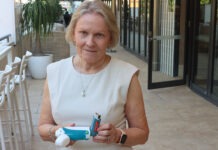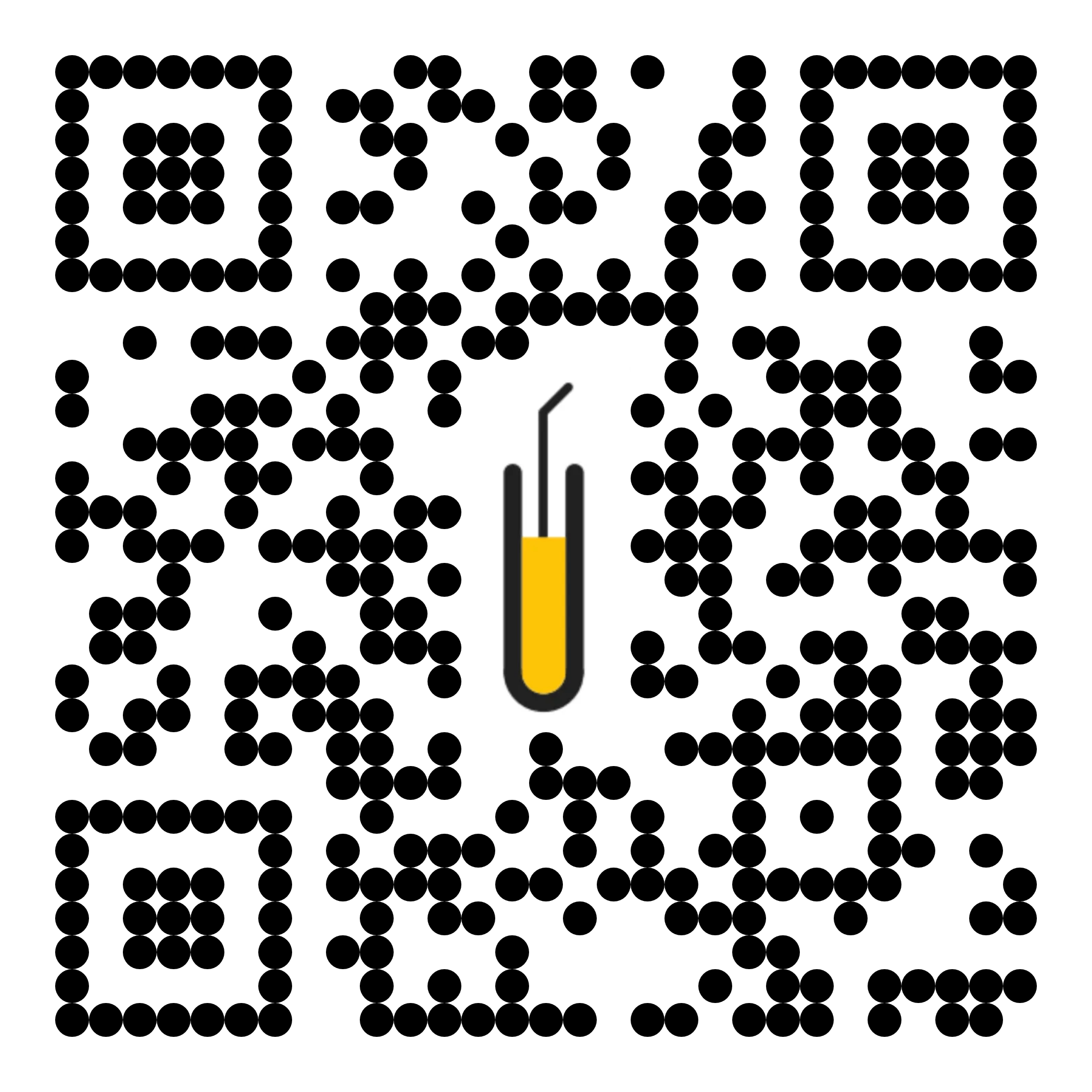Aside from administering medicines by injection, Queensland-based community pharmacist Fiona Watson MPS loves tearing up a Latin dance floor.
Tell us about your pharmacy career.
I had a varied early career, moving to North Queensland for a year shortly after I graduated as well as locuming around Australia for a while.
This gave me a great introduction to community pharmacy and a lot of different experiences – both good and bad. When locuming, you develop a clear idea of the factors that contribute to a well-run pharmacy.
I then moved to the United Kingdom where I completed a Certificate in Clinical Pharmacy. You can tell how old I am because I was one of the last pharmacists able to register in the UK with only a month under supervision.
I was a ‘rotational resident pharmacist’, living on-site at the hospital. I covered renal, gastro, cardiology, oncology, aged care, palliative care and surgery wards.
We worked on call overnight, and could get called upon to help with all sorts of different situations – one of the most interesting being calculating the correct dose for the antidote to antifreeze.
More recently, I was very fortunate to be given the opportunity to go into partnership with my mum and sister, both pharmacists, as the managing partner at Redland Bay Wholelife Pharmacy and Healthfoods.
What medicines do you administer by injection?
About 10 years ago, I became a trained vaccinator administering thousands of vaccines during the COVID-19 pandemic.
When Queensland allowed pharmacists to expand the range of medicines they could administer, I completed the Medication Administration course, as I believe this is an essential skill for pharmacists to have.
So many new medications are injectable, and for some patients self-administration just isn’t an option. We were one of the first pharmacies in our area to offer long-acting injectable buprenorphine services, which can be a life-changing option for patients.
Tell us about your administering injections beyond vaccines.
The majority of pharmacists I work with at Redland Bay are trained vaccinators and have completed medicines administration courses. When we come across a new medication that requires administration by injection we collate the available information from the manufacturer and ensure everyone has read it. Many companies, such as Novartis with inclisiran (Leqvio), have reps who are happy to provide additional training.
Once you are comfortable with subcutaneous injections, it’s a matter of familiarising yourself with the different types of devices available. It seemed a logical step for us to provide this service. We have great consult room facilities and it brings variety to our role.
What role do you see pharmacists playing in cardiovascular care in future?
The sky is the limit. We’re on the cusp of a fundamental change in the way Australians receive health care and I hope to see pharmacists embrace the opportunities this will bring.
There’s a workforce crisis and an ageing population, so we need to become more efficient and accessible. If you think about how much the role of a nurse practitioner has changed in the last 10–15 years, you can see where pharmacists have even greater potential. A patient with a diagnosis of heart failure should be able to be titrated to optimum therapy by a pharmacist in a community pharmacy. A patient should have their HbA1c or lipids checked in the pharmacy, with appropriate therapy initiated or adjusted. We should also be actively involved in screening and chronic disease management.
Pharmacy is an incredibly rewarding and enjoyable career, and now is an especially exciting time to be a pharmacist. There is just so much opportunity.
Day in the life of Fiona Watson MPS, Community pharmacist at Redland Bay Wholelife Pharmacy, QLD.
| 5.00am |
Hit the gym I get up and do a HIIT or Muay Thai class most mornings for positive effects on my mental health. Passionate about preventative health care, I see the long-term effects of patients’ lifestyle choices every day. |
| 8.00am |
Open the pharmacy |
| 9.00am |
Vaccination service Embarking on a cruise in 2 months, a couple in their 60s asks about COVID-19 vaccines. More than 12 months since their last vaccine they are happy to be vaccinated on the spot. Not wanting more than one vaccine at a time, we book them in for a follow-up appointment in a month for the shingles vaccination. |
| 10.00am |
Collaborative care A local GP phones about a recently discharged mutual patient who’s not coping well on his new medicines. We spend some time with the patient doing a medicine review and setting up his profile for a dose administration aid. |
| 1.00pm |
Lunchtime It’s important that all staff, especially pharmacists, prioritise their breaks. We all need a little downtime to reset and refresh. |
| 1.30pm |
Medicines injection A regular patient comes in for her second dose of inclisiran (Leqvio) after I administered her first 3 months ago. She is happy with the more convenient option than visiting her GP. |
| 3.00pm |
Infection control In a call from our pharmacy car park, we learn a patient has tested positive for COVID-19 and has an e-script. We dispense and counsel over the phone and then deliver out to their car (with appropriate precautions). |
| 6.30pm |
OCP continuance A stressed young woman, with a 2-week wait for a GP appointment, has run out of her pill. She is relieved when seen by a colleague who prescribes Estelle under the Queensland Hormonal Contraceptive Pilot. I dispense it. |
















